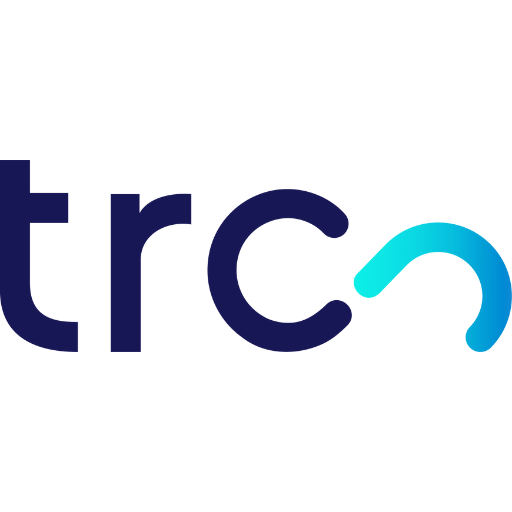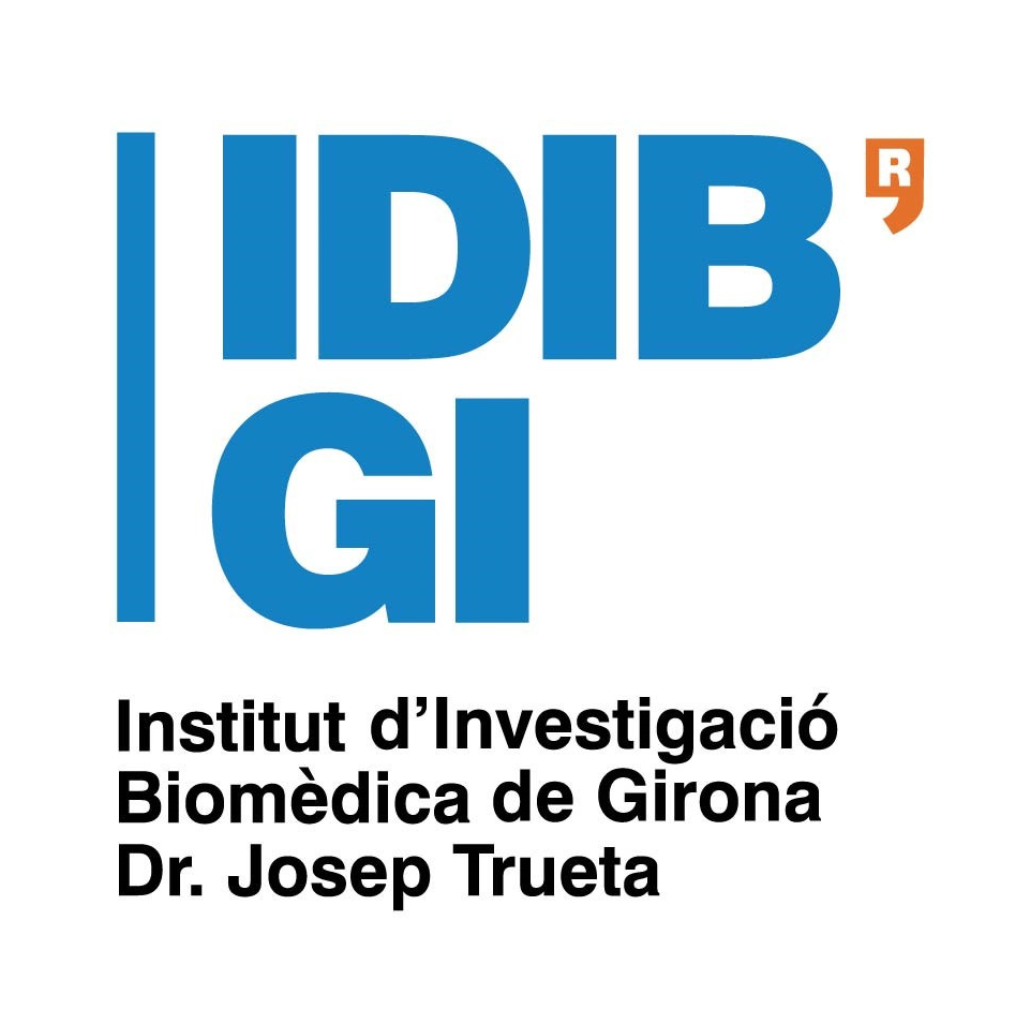Diagnosis and treatment for sleep apnea hypopnea syndrome in primary care
The challenge
Sleep apnea hypopnea syndrome (SAHS) is characterised by repetitive pauses in breathing during sleep, caused by upper airway obstruction.[1] Diagnosis of SAHS requires identifying symptoms like excessive daytime sleepiness, snoring, and gasping during sleep.[2]
Due to variability in how symptoms are presented and a lack of appropriate diagnostic procedures in primary care (PC), SAHS is currently underdiagnosed. Only 10% of cases are correctly diagnosed in Spain, with higher levels of underdiagnosis in Portugal.[3][4]
Existing procedures are performed at hospital sleep units (HSU), leading to significant delays and increased costs.[5] Due to prevalence, technical complexity and high costs, studies and international organisations suggest healthcare pathways initiated in PC should be implemented to increase diagnosis rates and reduce burden on HSU.[6]
Existing platforms and procedures increasingly aim to address individual parts of the patient journey (diagnosis, treatment, monitoring). But none are fully integrated into a single healthcare pathway, nor with electronic health record (EHR) systems.
The solution
Innobics-SAHS addresses these issues by creating an innovative healthcare pathway. To achieve this, the team is developing a digital platform with communication tools for PC and HSU, with integrated data-related tools for diagnosis, treatment, and monitoring. The new healthcare pathway will also include a virtual sleep unit (VSU).
Shared therapeutic procedures, provision of specialised support and exchanging data for patient follow-up are the core aspects of the proposed solution. This new care pathway will facilitate early diagnosis of SAHS, improving integration between PC and HSU. It also has the potential to improve patient outcomes and the patient journey experience.
A shared therapeutic process will improve early diagnosis rates of SAHS in PC, reducing and anticipating neurocognitive alterations and cardiovascular comorbidities.
Following an agile methodology, the solution will be designed, developed, and tested in two regional healthcare ecosystems (Catalonia, Lisbon). International standards for interoperability (the ability of systems to communicate and exchange data without loss of content) will be used. As such, the solution will be able to share data across other regions and EU countries.
Existing products focus on individual stages of the patient journey. For example, screening, diagnosis, treatment. But they do not offer a complete integrated solution. In contrast, Innobics-SAHS will cover the whole patient journey, increasing communication between PC and HSU. It will also boost patient satisfaction, healthcare outcomes and effectiveness.[7]
Expected impact
By improving the ability of PC to diagnose SAHS, this solution has the potential to reduce referrals, decrease waiting lists, cut costs and relieve the pressure on HSU.[8]
As well as improving care pathways, and strengthening healthcare systems, this solution has the potential to improve the quality of life of patients. Not only could it decrease waiting lists, but it could improve healthcare procedures, and decrease the number of patient side effects.
Care pathways for diagnosis and treatment of SAHS will be improved by empowering PC and introducing innovative tools to provide virtual support from the HSU. Continuum of care of SAHS patients will be improved by a better coordination between PC and HSU, relying on the integration and data-sharing through a digital platform and virtual support teams.
Patient monitoring will be performed by professionals at different levels of care. This increases personalisation of care and increases orientation towards health outcomes. In this way, the project also promises to increase efficiency in healthcare resource consumption.
External Partners
- Fundació TIC Salut i Social
- Oxigen Salud
- ResMed Spain
- Grupo Pulso
References
[1] Jonathan, C., et al. (2016). Sleep apnoea. European Respiratory Review. 25(139):12-18.
[2] Punjabi, N. (2008). The Epidemiology of Adult Obstructive Sleep Apnea. For On the Thorac Soc 2008. 5:136-143.
[3]Rodriguez, A., et al. (2017). Obstructive sleep apnea: Epidemiology and Portuguese patients profile. Portuguese Journal of Pulmonology (English Edition). 23(2):57-61.
[4] Lloberes, Q. (2011). Diagnosis and treatment of sleep apnea-hypopnea syndrome. Arch. Bronconeumol. 2011:47(3):143-156
[5] Durán-Cantolla, J., et al. (2004). The Availability in Spanish Public Hospitals of Resources for Diagnosing and Treating Sleep Apnea-Hypopnea Syndrome. Archivos De Bronconeumología (English Edition). 40(6):259-267.
[6] Epstein, L., et al. (2009). Clinical Guideline for the Evaluation, Management and Long-term Care of Obstructive Sleep Apnea in Adults. J Clin Sleep Med. 5(3):263-76.
[7] Nagappa, M., et al. (2015). Validation of the STOP-Bang Questionnaire as a Screening Tool for Obstructive Sleep Apnea among Different Populations: A Systematic Review and Meta-Analysis. PLoS One. 10(12):14.
[8] SEPAR. (2020). Accrediting regulations multidisciplinary units of high complexity. SEPAR.
Members

CLC/InnoStars: InnoStars
Partner classification: Hospital / University Hospital
The Unidade Local de Saúde de Santa Maria (ULSSM) was created on 1 March 2008, by Decree-Law Nr. 23/2008, on 8 February 2008, from the amalgamation of Santa Maria Hospital and Pulido Valente Hospital. These are two important University Schools are worth being mentioned in the Portuguese National Health Service. The Unidade Local de Saúde de Santa Maria (ULSSM) has considerable abilities in human resources, applied technologies and accumulated know-how, along with the support it gives to populations from its area of direct influence. It offers a differentiated reference in multiple clinical areas, both regionally and nationwide, including in Portuguese-speaking African countries (the PALOP).
Unidade Local de Saúde de Santa Maria (ULSSM)
Centro Hospitalar de Lisboa Norte, EPE, Av. Egas Moniz 1649, 2070, Portugal
Key Activities in Corporate Innovation
Pharma, Diagnostics, Imaging
Key Activities in Social Innovation
Healthcare provision
Key Activities in Business Creation
Incubation, Testing & Validation
Key Activities in Education
Medical faculties, Healthcare professional education/training


CLC/InnoStars: Belgium-Netherlands
Partner classification: Business
IMEC - Interuniversity Microelectronics Centre
IMEC - Interuniversity Microelectronics Centre, Kapeldreef 75, 3001 Leuven, Belgien
Key Activities in Corporate Innovation
Med Tech, ICT, Diagnostics, Consumer products
Key Activities in Business Creation
Technology Transfer, Testing & Validation


CLC/InnoStars: Spain
Partner classification: Education, Research, Tech Transfer, Clusters, Other NGOs, Hospital / University Hospital
With a staff of over 51,700 professionals, the Catalan Health Institute (ICS) is the largest public health services company of Catalonia, that provides health care to nearly six million people across the country. As a reference entity of the public health system, the aim of ICS is to improve people’s health and quality of live, through the provision of excellent health services in his 8 Hospitals and 949 primary care centers and local consultancy, regarding both the promotion of health and the treatment of diseases, from the most prevalent to the most complex ones. Also, our organization includes research - 7 Institutes - , and education. All of our activities embrace innovation and knowledge transfer as a guarantee to continuously improve the attention that the institution offers to the citizens.
Institut Català de la Salut (ICS)
Institut Català de la Salut, Gran Via de les Corts Catalanes, 587, 08007 Barcelona, Spain


CLC/InnoStars: Spain
Partner classification: Business
TRC is a fully Spanish company with over 35 years of experience in the IT sector. Our mission is to transform healthcare delivery, improve patient outcomes, and drive medical innovation - shaping a safer and healthier future across Europe and beyond.
Our expertise spans software development, technology integration, cybersecurity, research and development, and IT infrastructure.
Trusted by leading healthcare organisations such as Roche, GenesisCare, Sanitas, HM Hospitales, Exafield, and Siemens Healthineers, TRC leverages cutting-edge ICT to help them scale, manage data securely, and streamline processes. We offer tailor-made turnkey solutions, including our flagship products GlobalHIS and Doctoris - advanced, patented EHR and HIS systems deployed internationally.
As a member of EIT Health, we collaborate with start-ups and research institutions to accelerate innovative solutions from concept to market, combining the best of software and hardware at scale. For instance, we have contributed to Innobics SAHS and RetinaReadRisk, which integrate technologies such as IoT, AI, data warehousing, advanced cybersecurity, big data, natural language processing, and computer vision.
Our strategic partnerships with visionary companies - experts in optimising healthcare processes - enable us to generate significant value by improving access to medical innovation, advancing preventive and digital therapeutics, and enhancing clinical decision-making for all stakeholders.
At TRC, our focus is on improving healthcare quality for users, and we dedicate all our knowledge, expertise, and effort to achieving this goal.
Key Activities in Research and Developement
AI, ML, DL, Big Data
Key Activities in Corporate Innovation
Med Tech, ICT, Cyber, Cloud
Key Activities in Social Innovation
Healthcare provision
Key Activities in Business Creation
Testing & Validation


CLC/InnoStars: Spain
Partner classification: Linked/Affiliated Party
The Girona Biomedical Research Institute Dr. Josep Trueta (IDIBGI) is a CERCA research center of the Generalitat de Catalunya whose purpose is to promote, develop, transfer, manage and disseminate biomedical research, scientific and technological knowledge, teaching and training in the areas of life and health sciences, mainly in the Girona area.
Girona Biomedical Research Institute Dr. Josep Trueta (IDIBGI)
Parc Hospitalari Martí I Julià- C/ Dr. Castant s/n, Edifici M2, 17190, Salt, Girona
Key Activities in Research and Developement
Cardiovascular and respiratory, medical imaging, mental health, metabolism and inflammation, neuroscience and onco-haematology.
Key Activities in Business Creation
Testing & Validation
Key Activities in Education
Medical faculties, Healthcare professional education/training
